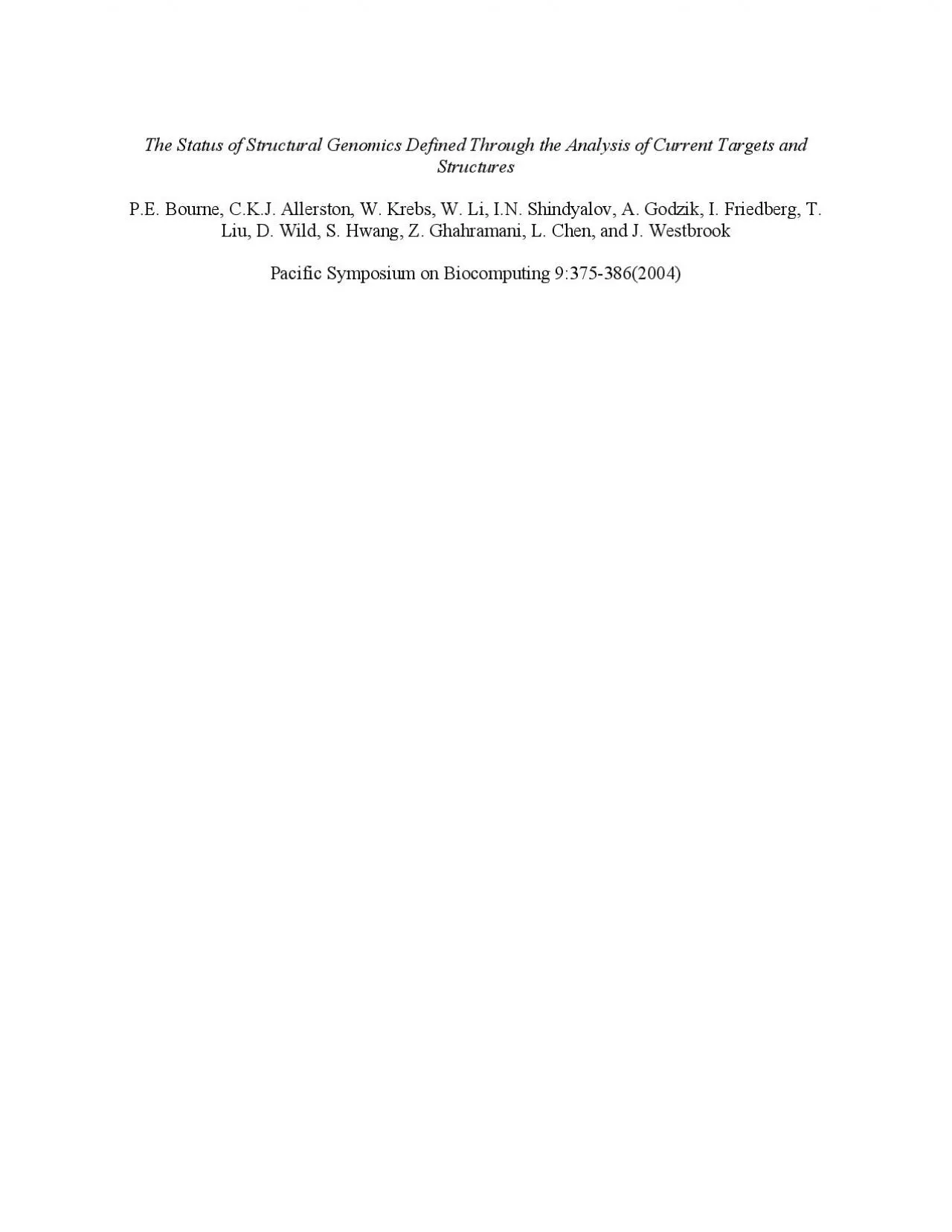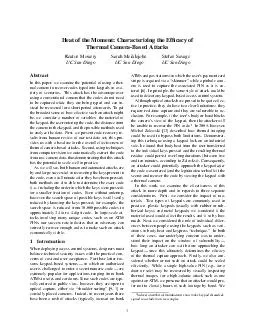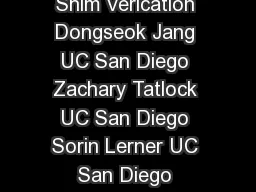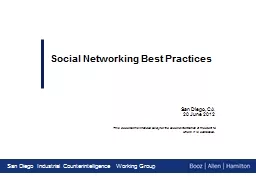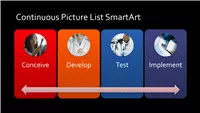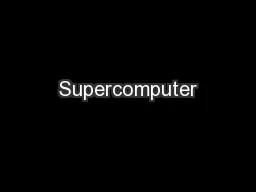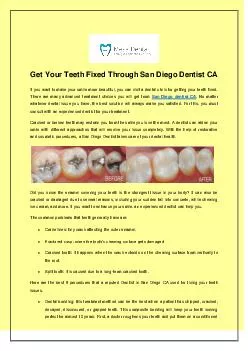PDF-The San Diego Supercomputer
Author : adah | Published Date : 2022-10-11
La Jolla CA 92037 USAD WILD and S HWANGThe Keck Graduate Institute 535 Watson Drive Claremont CA 91711 USAZ GHAHRAMANIGatsby Computational Neuroscience Unit University
Presentation Embed Code
Download Presentation
Download Presentation The PPT/PDF document "The San Diego Supercomputer" is the property of its rightful owner. Permission is granted to download and print the materials on this website for personal, non-commercial use only, and to display it on your personal computer provided you do not modify the materials and that you retain all copyright notices contained in the materials. By downloading content from our website, you accept the terms of this agreement.
The San Diego Supercomputer: Transcript
Download Rules Of Document
"The San Diego Supercomputer"The content belongs to its owner. You may download and print it for personal use, without modification, and keep all copyright notices. By downloading, you agree to these terms.
Related Documents

